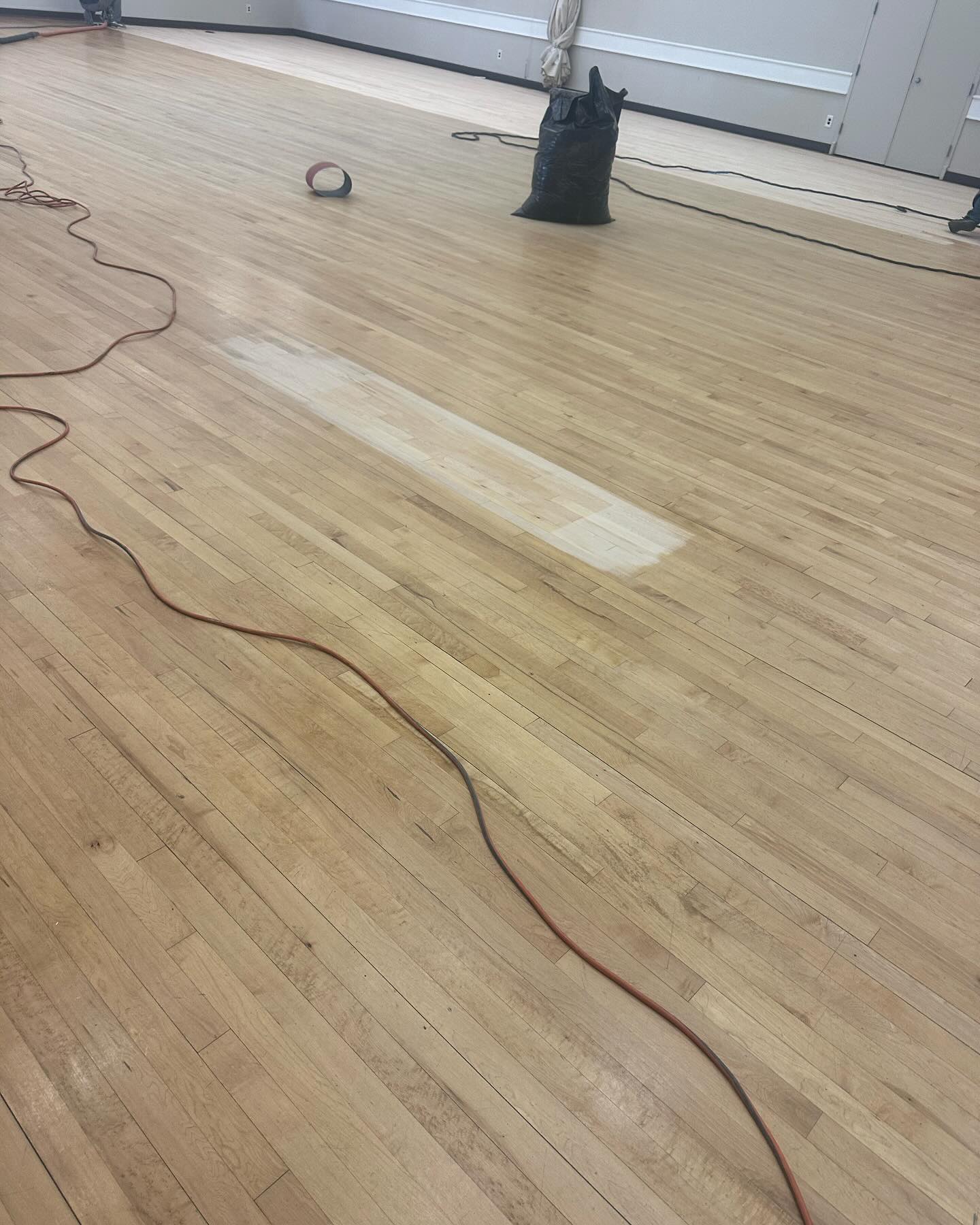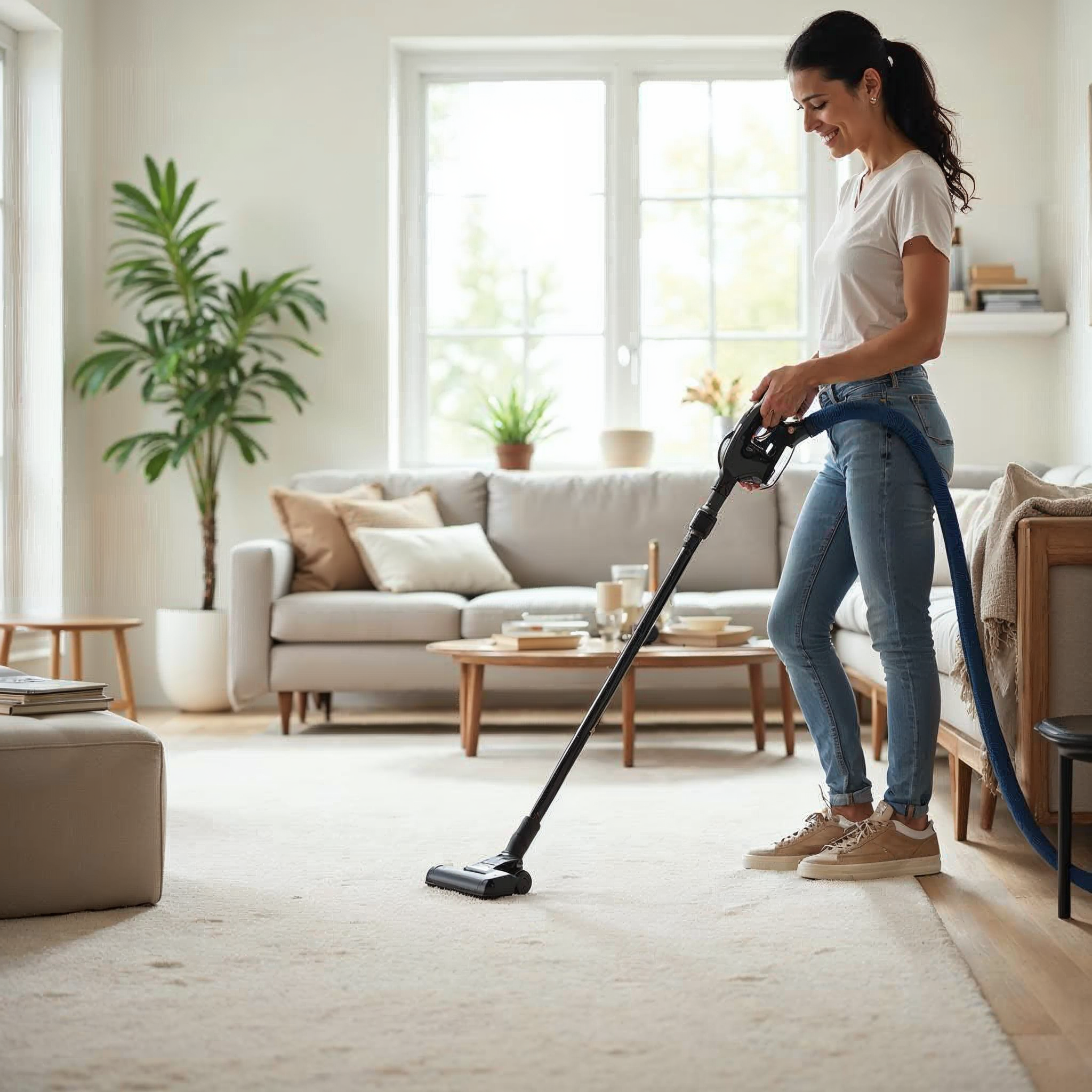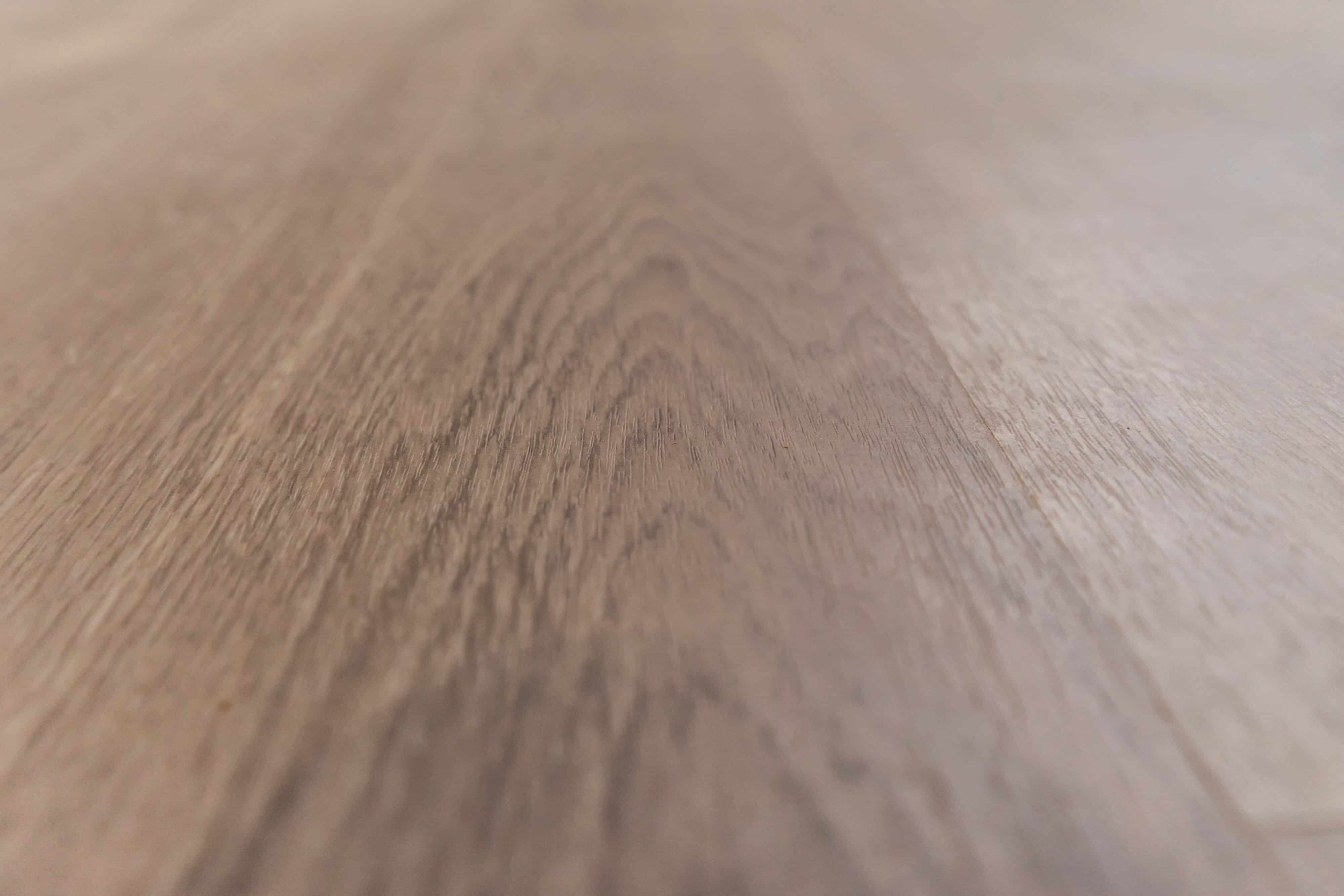Comparing LVP to Hardwood: A Head-to-Head for Maryland Homeowners
Vinyl Plank vs Wood Floor: A Comprehensive Guide for Maryland Homeowners

Choosing the right flooring for your home is a significant decision, especially for Maryland homeowners who must consider both style and practicality. As you weigh the options between vinyl plank and traditional hardwood, it’s crucial to understand the distinct benefits and potential drawbacks of each. With factors like durability, maintenance, and cost playing pivotal roles, the choice between LVP and hardwood can significantly impact both the aesthetic and financial aspects of your home. This guide will delve into the detailed comparisons, helping you make an informed decision on the best flooring option for your unique needs. Join us as we explore the nuances of vinyl plank vs wood floor, and reveal why many are considering LVP as a compelling hardwood alternative in Maryland.
Introduction to Flooring Options
When it comes to flooring choices, Maryland homeowners often find themselves weighing the merits of luxury vinyl plank (LVP) against traditional wood floors. Both options offer unique benefits and challenges, especially considering Maryland’s diverse climate and lifestyle needs.
Understanding LVP and Wood Floors
Luxury Vinyl Plank (LVP) is a modern flooring solution that mimics the look of natural wood while offering enhanced durability and water resistance. It’s composed of multiple layers, including a wear layer, design layer, and core layer, all fused together to create a sturdy and versatile flooring option.
Wood floors, on the other hand, are timeless classics made from solid hardwood planks or engineered wood layers. They bring natural warmth and character to any space, with each plank showcasing unique grain patterns and colors.
Both LVP and wood floors come in a variety of styles, colors, and finishes, allowing homeowners to customize their living spaces to their personal tastes and home decor preferences.
Why Maryland Homeowners Choose These Options
Maryland’s diverse climate, ranging from humid summers to potentially snowy winters, plays a significant role in flooring decisions. Many homeowners opt for LVP due to its moisture resistance and ease of maintenance, particularly in areas prone to high humidity or potential water exposure.
Wood floors remain a popular choice for their timeless appeal and potential to increase home value. They’re especially favored in historic homes or for those seeking to maintain a traditional aesthetic.
The decision often comes down to a balance of practicality, aesthetics, and long-term value. Factors such as room usage, subfloor conditions, and personal style preferences all contribute to the final choice between LVP and wood floors for Maryland homes.
Comparing LVP and Hardwood
When evaluating LVP against hardwood flooring, Maryland homeowners must consider various factors including climate performance, aesthetic appeal, and maintenance requirements. Let’s dive into these crucial aspects to help you make an informed decision.
Performance in Maryland Climate
Maryland’s climate presents unique challenges for flooring, with humid summers and potentially harsh winters. LVP excels in moisture resistance, making it ideal for areas prone to humidity or water exposure. It maintains its shape and integrity even with temperature fluctuations.
Hardwood, while beautiful, can be more susceptible to environmental changes. It may expand or contract with humidity shifts, potentially leading to gaps or warping over time. However, proper installation and maintenance can mitigate these issues.
For basements or areas with higher moisture levels, LVP often proves to be the more practical choice. Hardwood, on the other hand, performs well in living areas and bedrooms where moisture is less of a concern.
Aesthetic Differences Explained
The visual appeal of flooring plays a crucial role in home decor. Hardwood offers a timeless, natural beauty with unique grain patterns and a warm, organic feel. It ages gracefully, developing character over time, and can be refinished to restore its original luster.
LVP, while synthetic, has come a long way in mimicking the look of real wood. Modern manufacturing techniques create realistic textures and patterns that can be hard to distinguish from genuine hardwood at first glance.
Hardwood provides a classic, high-end appearance that many homeowners desire. LVP offers a wider range of styles and colors, including options that replicate exotic wood species that might be cost-prohibitive or environmentally unsustainable in natural form.
Durability and Maintenance Needs
When it comes to durability, LVP often has the edge. It’s highly resistant to scratches, dents, and stains, making it ideal for high-traffic areas or homes with pets and children. LVP is also waterproof, allowing for easy cleanup of spills without worry of damage.
Hardwood, while durable, can be more susceptible to scratches and dents. However, it has the advantage of being refinishable, allowing homeowners to sand out imperfections and restore the floor’s appearance multiple times over its lifespan.
Maintenance for LVP is straightforward, typically requiring only regular sweeping and occasional mopping. Hardwood floors need more careful maintenance, including prompt cleaning of spills, regular dusting, and periodic refinishing to maintain their beauty and integrity.
Cost Considerations
Understanding the financial implications of choosing between LVP and hardwood is crucial for Maryland homeowners. Let’s break down the cost factors to help you make an informed decision that aligns with your budget and long-term goals.
Initial Investment: LVP vs Hardwood
The upfront cost of flooring can vary significantly between LVP and hardwood. Generally, LVP is more budget-friendly, with prices ranging from $2 to $7 per square foot for materials. Installation costs for LVP are also typically lower due to its easy-to-install nature.
Hardwood, on the other hand, comes with a higher initial price tag. Depending on the wood species and quality, costs can range from $8 to $25 or more per square foot for materials alone. Installation of hardwood is more labor-intensive, adding to the overall cost.
It’s important to note that while LVP offers a lower initial investment, high-quality options can approach the cost of some hardwoods. Conversely, some engineered hardwoods can be found at prices competitive with premium LVP.
Long-term Value and Resale Impact
When considering long-term value, hardwood often has the edge. Well-maintained hardwood floors can last for decades and are known to increase a home’s resale value. Many potential buyers view hardwood as a desirable feature, potentially leading to a higher selling price.
LVP, while durable, typically has a shorter lifespan of 10-20 years. However, its lower initial cost can offset this factor. In terms of resale value, LVP may not add as much as hardwood, but its modern appeal and practicality can still be attractive to potential buyers.
It’s worth considering your long-term plans for the property. If you’re planning to sell in the near future, hardwood might offer better returns. For a longer stay or in rental properties, LVP’s durability and lower upfront cost could be more beneficial.
Hidden Costs of Flooring Choices
Beyond the initial purchase and installation, both LVP and hardwood come with additional costs to consider. For hardwood, factor in the expense of regular maintenance products, potential refinishing every 7-10 years, and possible repairs for water damage or deep scratches.
LVP requires less ongoing investment, but may need complete replacement after its lifespan. Also, consider the potential cost of subfloor preparation, which can be more extensive for hardwood installation.
Environmental control costs can differ too. Hardwood may require humidifiers or dehumidifiers to maintain optimal conditions, while LVP is less sensitive to environmental fluctuations, potentially leading to energy savings over time.
Benefits and Drawbacks
Understanding the advantages and disadvantages of both LVP and hardwood flooring is crucial for Maryland homeowners. Let’s explore the unique benefits of each option, as well as their potential drawbacks.
Benefits of LVP Over Hardwood

LVP offers several advantages that make it an attractive option for many Maryland homes:
Water Resistance: LVP’s waterproof nature makes it ideal for bathrooms, kitchens, and basements.
Durability: Highly resistant to scratches, dents, and wear, perfect for high-traffic areas and homes with pets.
Low Maintenance: Easy to clean and doesn’t require special treatments or refinishing.
Cost-Effective: Generally more affordable than hardwood, both in terms of materials and installation.
LVP also provides a wide range of style options, allowing homeowners to achieve the look of exotic or rare wood species without the associated cost or environmental impact.
Hardwood’s Unique Advantages

Despite the benefits of LVP, hardwood flooring maintains its popularity due to several key advantages:
Timeless Appeal: Natural wood brings warmth and character to a home, with each plank being unique.
Longevity: Well-maintained hardwood floors can last for generations.
Refinishing Option: The ability to sand and refinish allows for restoration and color changes over time.
Home Value: Hardwood floors often increase a property’s resale value.
The natural variations in grain and color give hardwood an authentic beauty that many homeowners find irreplaceable. Additionally, hardwood’s ability to be refinished multiple times extends its lifespan significantly.
Environmental Considerations
When it comes to environmental impact, both LVP and hardwood have pros and cons:
LVP:
Often contains recycled materials
Doesn’t deplete forest resources
Can be difficult to recycle at the end of its life
Hardwood:
Renewable resource when sourced responsibly
Can last for decades, reducing long-term resource consumption
Biodegradable at the end of its lifecycle
For eco-conscious homeowners, certified sustainable hardwood or LVP with high recycled content might be preferable options. It’s also worth considering the energy used in production and transportation of both materials.
Making the Right Choice
Selecting between LVP and hardwood flooring is a significant decision for Maryland homeowners. This final section will guide you through the decision-making process, ensuring you choose the flooring that best suits your home and lifestyle.
Assessing Your Home’s Needs
To make the right flooring choice, consider the following factors:
Room Function: Evaluate the purpose of each room. High-traffic areas or moisture-prone spaces might benefit from LVP’s durability and water resistance.
Subfloor Condition: Assess your current subfloor. LVP can be installed over various subfloors, while hardwood may require specific conditions.
Climate Considerations: Think about Maryland’s humidity levels and temperature fluctuations. LVP is less susceptible to these changes compared to hardwood.
Maintenance Willingness: Reflect on how much time and effort you’re willing to invest in floor maintenance. Hardwood requires more care than LVP.
Budget: Consider both short-term costs and long-term value. While hardwood has a higher upfront cost, it may add more value to your home over time.
Consulting with Flooring Experts
Seeking professional advice can provide valuable insights tailored to your specific situation. A flooring expert can:
Assess your home’s unique conditions and recommend suitable options
Provide samples to help you visualize how different flooring choices will look in your space
Offer accurate cost estimates for materials and installation
Explain the installation process and timeline for each flooring type
Don’t hesitate to ask questions about durability, maintenance requirements, and warranty options. A reputable flooring professional should be able to address all your concerns and help you make an informed decision.
Final Thoughts and Recommendations
Ultimately, the choice between LVP and hardwood flooring depends on your individual preferences, lifestyle, and home characteristics. Here are some final recommendations:
For high-moisture areas or homes with pets, LVP often proves to be the more practical choice.
If you’re looking for a classic, timeless look and are willing to invest in maintenance, hardwood is hard to beat.
Consider a mix of both: Use hardwood in main living areas and bedrooms, while opting for LVP in bathrooms and basements.
Remember, there’s no one-size-fits-all solution. The best flooring choice is one that meets your needs, fits your budget, and enhances your home’s beauty and functionality for years to come.
Fill out the form below and an AG Construction representative will contact you soon.
Contact Us Today


Whether you own a home or business, we’re your single source for complete flooring installation services! Our comprehensive services include:
- Hardwood staining, sanding, refinishing, restoration, and more!
- Carpet removal and installation
- Vinyl luxury plank replacement and installation
- Vinyl tile and COREtec installation
- And more!




